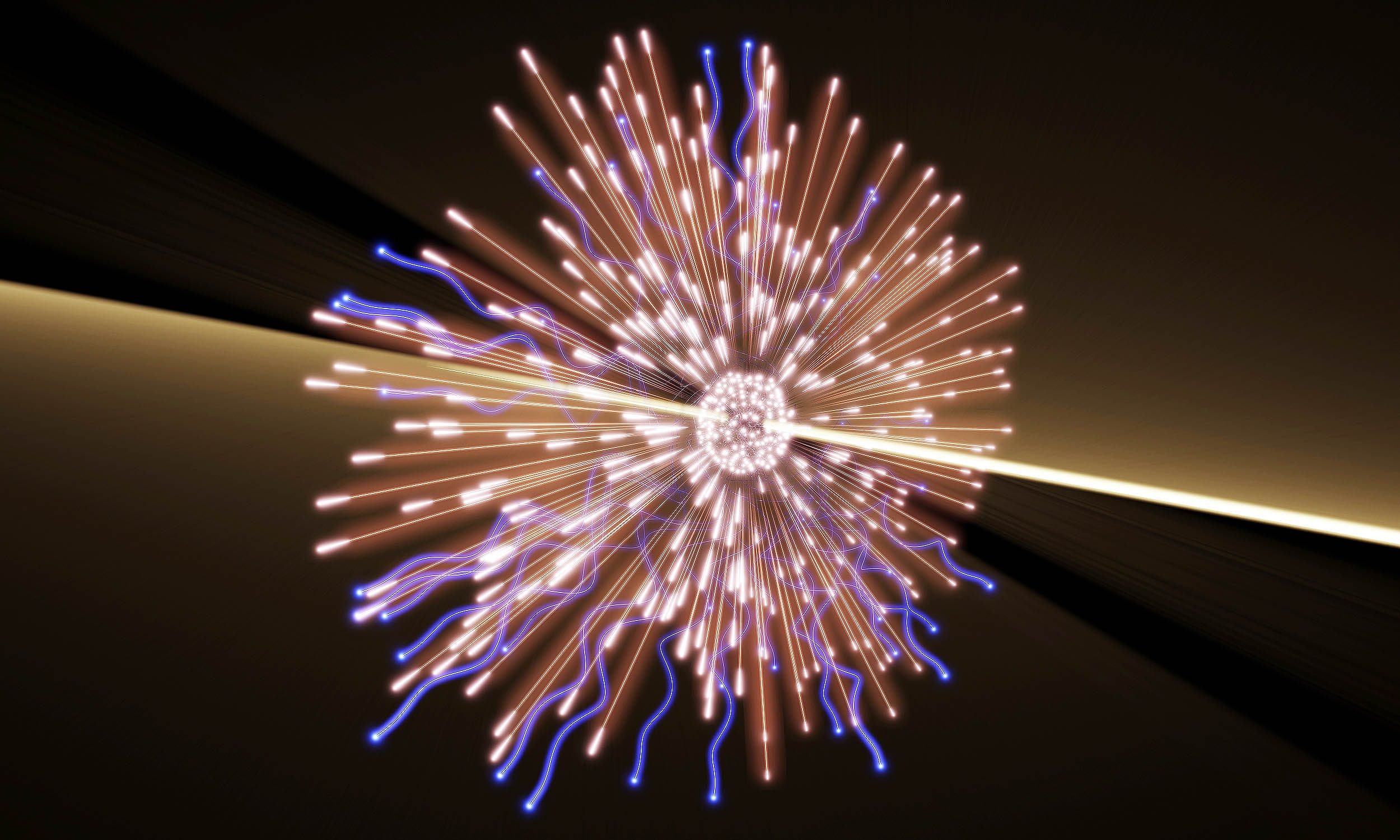
Recently, the scientific community has been abuzz with exciting news regarding a groundbreaking particle event. An exceptionally energetic neutrino, identified as KM3-230213A, was detected in the Mediterranean Sea by the ARCA detector, part of the innovative KM3NeT project.
This remarkable neutrino has gained international interest, with researchers estimating its energy to be around 220 million billion electron volts.
“KM3NeT is now investigating a range of energy levels and sensitivities where discovered neutrinos may originate from extraordinary astrophysical phenomena,” stated Paschal Coyle, a scientist from the National Centre for Scientific Research (CNRS).
“The inaugural detection of a neutrino at hundreds of PeV marks a significant advancement in neutrino astronomy and opens a new observational avenue to explore the universe.”
The Enigma of Elementary Particles
Neutrinos traverse the cosmos, easily passing through stars and planets with minimal disruption.
For decades, researchers have sought to detect ultra-high-energy neutrinos to gain insights into cosmic accelerators.
The KM3NeT Collaboration consists of over 360 scientists from 68 institutions across 21 countries.
“Neutrinos are among the most enigmatic elementary particles. They possess no electric charge, nearly negligible mass, and engage only weakly with matter, making them unique cosmic messengers,” remarked Rosa Coniglione, a researcher at the INFN National Institute for Nuclear Physics.
Detecting Neutrinos with Deep-Sea Sensors
KM3NeT is a vast system situated on the ocean floor, composed of two detectors, ARCA and ORCA.
ARCA is located approximately 50 miles from Portopalo di Capo Passero in Sicily, resting at a depth of 11,319 feet. Meanwhile, ORCA is situated near Toulon, France, at a depth of 8,038 feet.
Each detector has a specific purpose, with ARCA designed to focus on high-energy neutrinos and ORCA aimed at lower-energy variants.
The detectors utilize photomultipliers encased in glass spheres.
When a cosmic neutrino interacts with water molecules, it produces a faint bluish light. The sensors capture this light, enabling researchers to trace the path of the neutrino.
ARCA detected a single muon, indicating a nearby neutrino interaction. Its trajectory through the detector activated numerous sensors, confirming that the neutrino originated from a cosmic source rather than from local backgrounds.
“Accurate calibration of the telescope and advanced reconstruction algorithms were essential for determining the direction and energy of this neutrino,” stated Aart Heijboer, KM3NeT’s Physics and Software Manager.
The Sources of High-Energy Neutrinos
Researchers propose that these high-energy neutrinos may originate from dramatic phenomena such as supernova remnants or supermassive black holes.
Interactions between cosmic rays and other particles or photons also lead to the creation of these neutrinos.
Some of the universe’s most energetic cosmic rays can collide with the cosmic microwave background, generating what scientists refer to as “cosmogenic” neutrinos.
Investigating these events may reveal new cosmic secrets, providing direct clues about the environments and mechanisms that accelerate particles to extraordinary energies.
Due to their ability to travel mostly unimpeded from their sources, these neutrinos can convey information that light or charged particles cannot.
Advancing the Field of Neutrino Astronomy
The ARCA facility will ultimately comprise 230 detection units, while ORCA will feature 115 units. Each unit is equipped with 18 state-of-the-art optical modules, allowing KM3NeT to cover a volume exceeding one cubic kilometer of water.
Miles Lindsey Clark, the KM3NeT Technical Project Manager and research engineer at the CNRS – Astroparticle and Cosmology laboratory in France, stated, “The vast scale of KM3NeT will encompass around one cubic kilometer with approximately 200,000 photomultipliers, demonstrating the immense efforts underway to enhance neutrino astronomy and particle physics.”
Capturing an Exceptional Event
Although the installation is still in progress, ARCA succeeded in recording one of nature’s rarest events. Through meticulous calibration and data analysis, research teams were able to determine the trajectory and energy parameters of this neutrino.
Since it likely entered the water with over 220 PeV of energy, this singular neutrino paves the way for future discoveries as KM3NeT continues to evolve.
This event suggests the presence of even more energetic cosmic neutrinos, indicating that peculiar astrophysical sources could be responsible for them, distinguishing them from lower-energy detections.
Directions for Future Research
Research teams globally are working to determine whether this neutrino was “cosmogenic” in nature or if it originated from an active cosmic source.
In the future, a more extensive network of detection units will facilitate a higher frequency of signal captures, enhancing the chances of identifying their origins and elucidating the forces that shape our universe.
“We find ourselves on the brink of a new frontier, where emerging data will refine our comprehension of the cosmos,” remarked a KM3NeT representative.
Every new detection presents an opportunity to recognize patterns and establish comparisons with signals from gamma-ray telescopes and various observatories.
This study has been published in the journal Nature.
—–
Enjoyed this article? Subscribe to our newsletter for interesting articles, exclusive content, and the latest updates.
Check out EarthSnap, a free app developed by Eric Ralls and Earth.com.
—–









